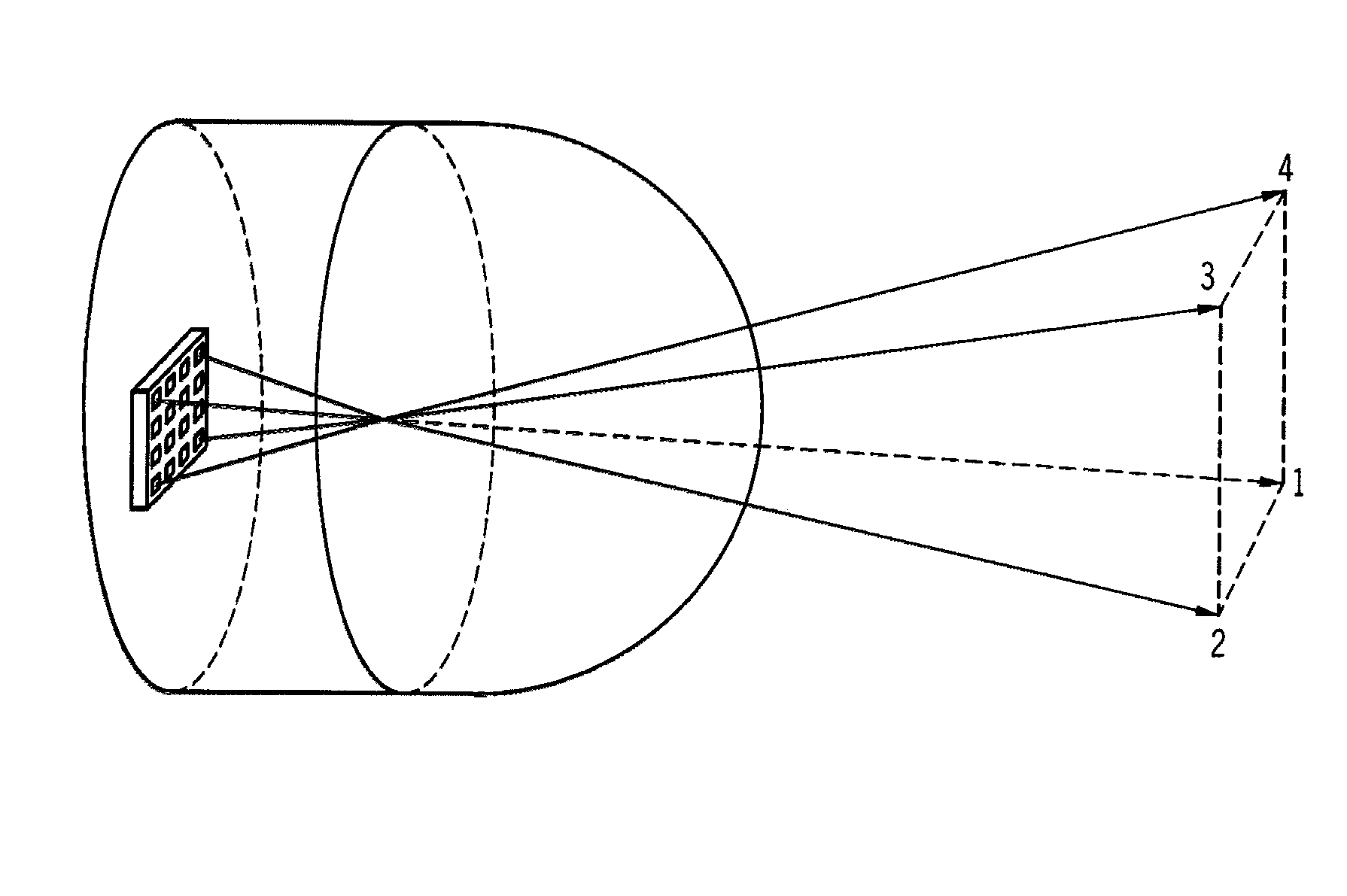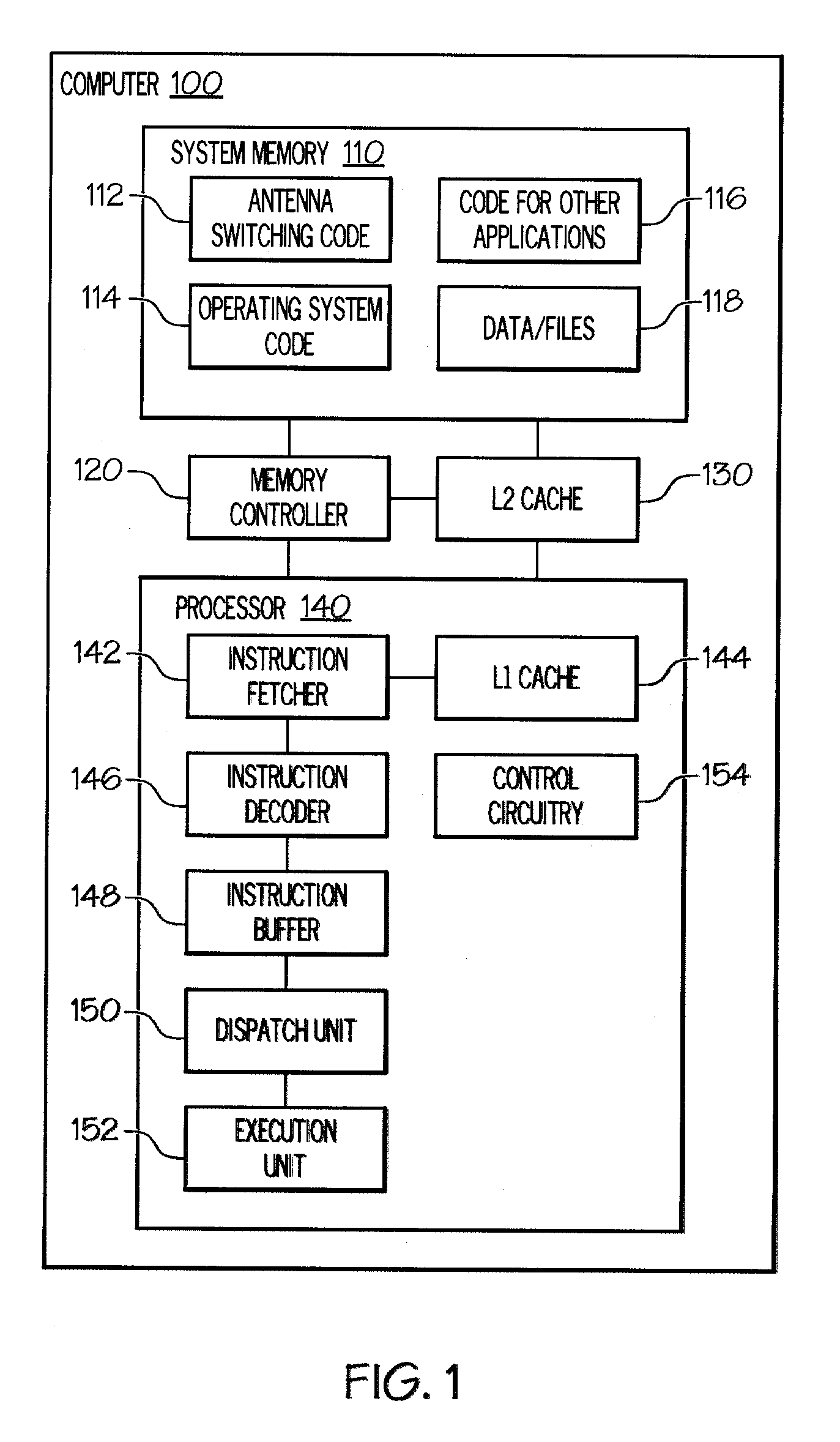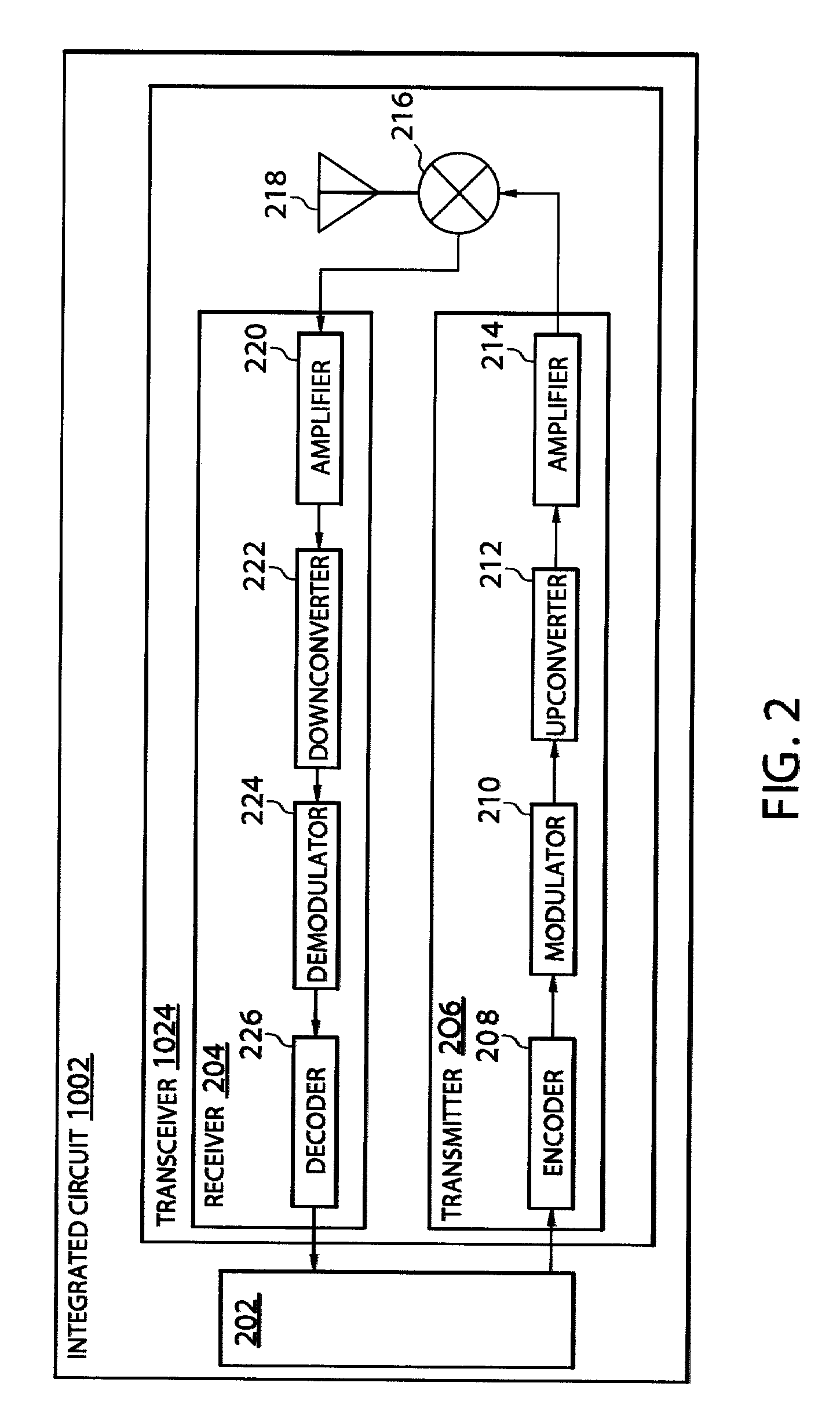Systems and methods for multi-element antenna arrays with aperture control shutters
a multi-element antenna array and aperture control technology, applied in the field of wireless communication, can solve the problems of difficult or impossible to extend the communication range, the attenuation of propagating mm-waves is very strong, and the attenuation is even higher
- Summary
- Abstract
- Description
- Claims
- Application Information
AI Technical Summary
Benefits of technology
Problems solved by technology
Method used
Image
Examples
Embodiment Construction
[0017]The following is a detailed description of embodiments of the invention depicted in the accompanying drawings. The embodiments are in such detail as to clearly communicate the invention. However, the amount of detail offered is not intended to limit the anticipated variations of embodiments; but, on the contrary, the intention is to cover all modifications, equivalents, and alternatives falling within the spirit and scope of the present invention as defined by the appended claims. The detailed descriptions below are designed to make such embodiments obvious to a person of ordinary skill in the art.
[0018]Embodiments include systems and methods for controlling beam direction of an array of antenna elements in a wireless communications system. In one embodiment, aperture control shutters substantially cover each radiating antenna element. Each aperture control shutter is selectively turned on or off to control the direction of a beam of the antenna array.
[0019]The wireless commun...
PUM
 Login to View More
Login to View More Abstract
Description
Claims
Application Information
 Login to View More
Login to View More - R&D
- Intellectual Property
- Life Sciences
- Materials
- Tech Scout
- Unparalleled Data Quality
- Higher Quality Content
- 60% Fewer Hallucinations
Browse by: Latest US Patents, China's latest patents, Technical Efficacy Thesaurus, Application Domain, Technology Topic, Popular Technical Reports.
© 2025 PatSnap. All rights reserved.Legal|Privacy policy|Modern Slavery Act Transparency Statement|Sitemap|About US| Contact US: help@patsnap.com



